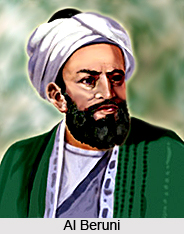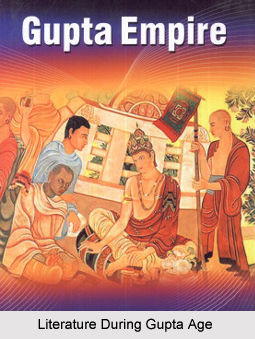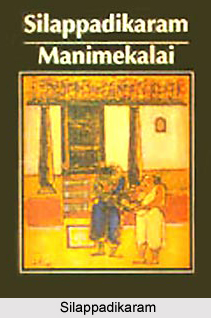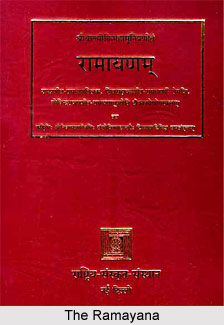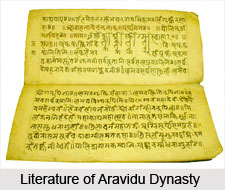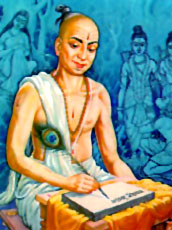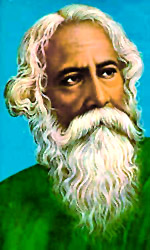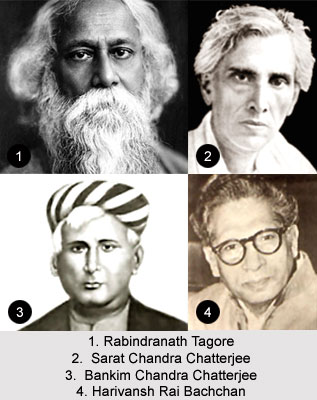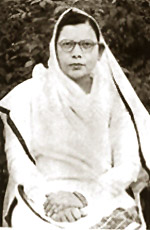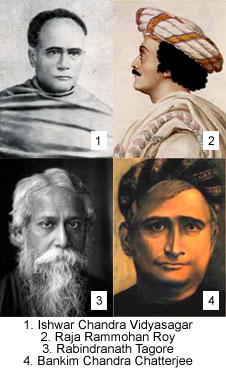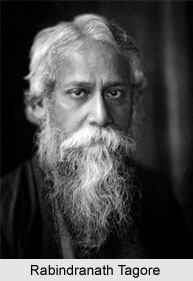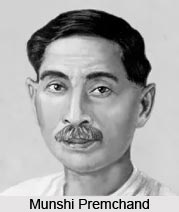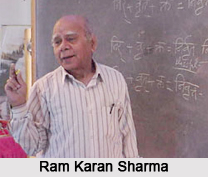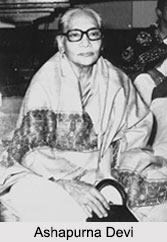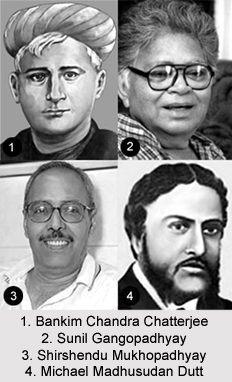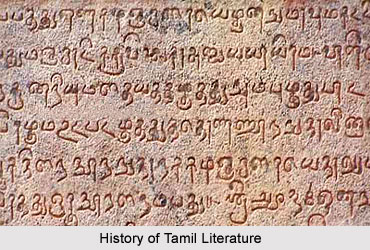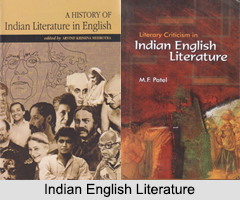The Indo-Aryans mainly lived in joint-families. The husband and the wife were called dampati, meaning lords of the house. Women were given respect and were honoured. They were chiefly engaged in household works like ordering necessary ingredients, preparing them with pestle and mortar, extracting the soma juice and strained it. Wives were always a part of various sacrificial rites. She along with her husband performed sacrifices and offered oblations. The learned women termed as rishis composed hymns and performed various sacrifices. Women had substantial authority and had legitimate rights and spheres of action. Apart from being experts in housekeeping, weaving, training their children, they were much devoted to their husbands.
Food and Drink in Rig Veda
Food and drinks formed an essential part in the Rig Vedic age. The items mainly consumed were wheat, barley, milk, honey, roots, fruits, and animal flesh. Rice was not consumed during that period. Making of different types of caked was also prevalent. Cakes were generally made from grains, purodasa (bread), apupa (pudding), and karambha and others. Animals were also used or food purpose as cows, buffaloes, bulls, horses and rams were frequently sacrificed and cooked. Dining between people belonging to different class and castes was practised. Even food cooked by a Sudra was offered to the gods and other people. During the Rig Vedic age the Indo-Aryans were much addicted to drinking. They drank the fermented soma juice and also liquors made from molasses and grapes.
Costumes in Rig Veda
In Central Asia, the Aryans mainly wore warm clothes made of wool and fur. In India, wool, fur, fine threads from insect were used for making clothes. Women wore an under-garment called nibi, and then wore a cloth on top. They also put a veil. Clothes worn had fine borders known as tusha while their ends were termed dasa. Apart from ordinary cotton clothes (dhutis), they also wore beautiful sarees. They also used drapi (a sewed cloak) and tarnya (a fine coat) for covering themselves. During the Rig Vedic age people used different terms for different costumes they wore. Warf was named tantu, woof was termed beman and loom was called tasara. The embroidered cloth of women used for dancing purpose was called pesas. They also used shawls called samulayi and woollen shirts named Samula. They derived their warm clothes from the wool of the sheep called avi, wool of the sheep termed ajina and woe of the goat. During winter, all wear shirt or coat called nishara and use a quilt, Kutha. Kantha was a kind of quilt then. They also used other items like tent or camp, Patamandapa, Masahari, mosquito-curtain, medicated fume for killing peats. The womenfolk usually used tents called Kandapata, wore embroidered dresses termed as rukma-patta and other fancy dresses called Nichola.
Earlier men and women both had long beautiful hair which were kept well combed and put up in braids. Even men had braids. Short braid was called Kaparda while long and loose braid was called pulasti. Girls had long hair which they kept tied in a knot called opasa. They also parted their hair which was known as siman and dressed it with flowers. An ornament named Kurira was worn to hold the braid tight. A looking-glass called prakasa was in common use.
The Indo-Aryans wore many types of shoes of thick soles made from the hides of various animals. Wooden shoes were also worn by them. They also used a leafed umbrella called. Ornaments such as earrings and finger-rings were worn by both men and women. Fashionable ornaments like Nyochani (nose-ring), Rukma (golden breastplate), bracelets and anklets were worn by them. They also wore gold coins stringed together, diamonds, and worn as a necklace. Ornaments made of pearl named as Vimukta and that of sankha (conch shell) were also in use. Srinka was a beautiful necklace called hara and mukta-vali, a lace of pearls were other beautiful ornaments. The Rig-Vedic Hindus were civilised people. Women were respected and aged people were honoured.

